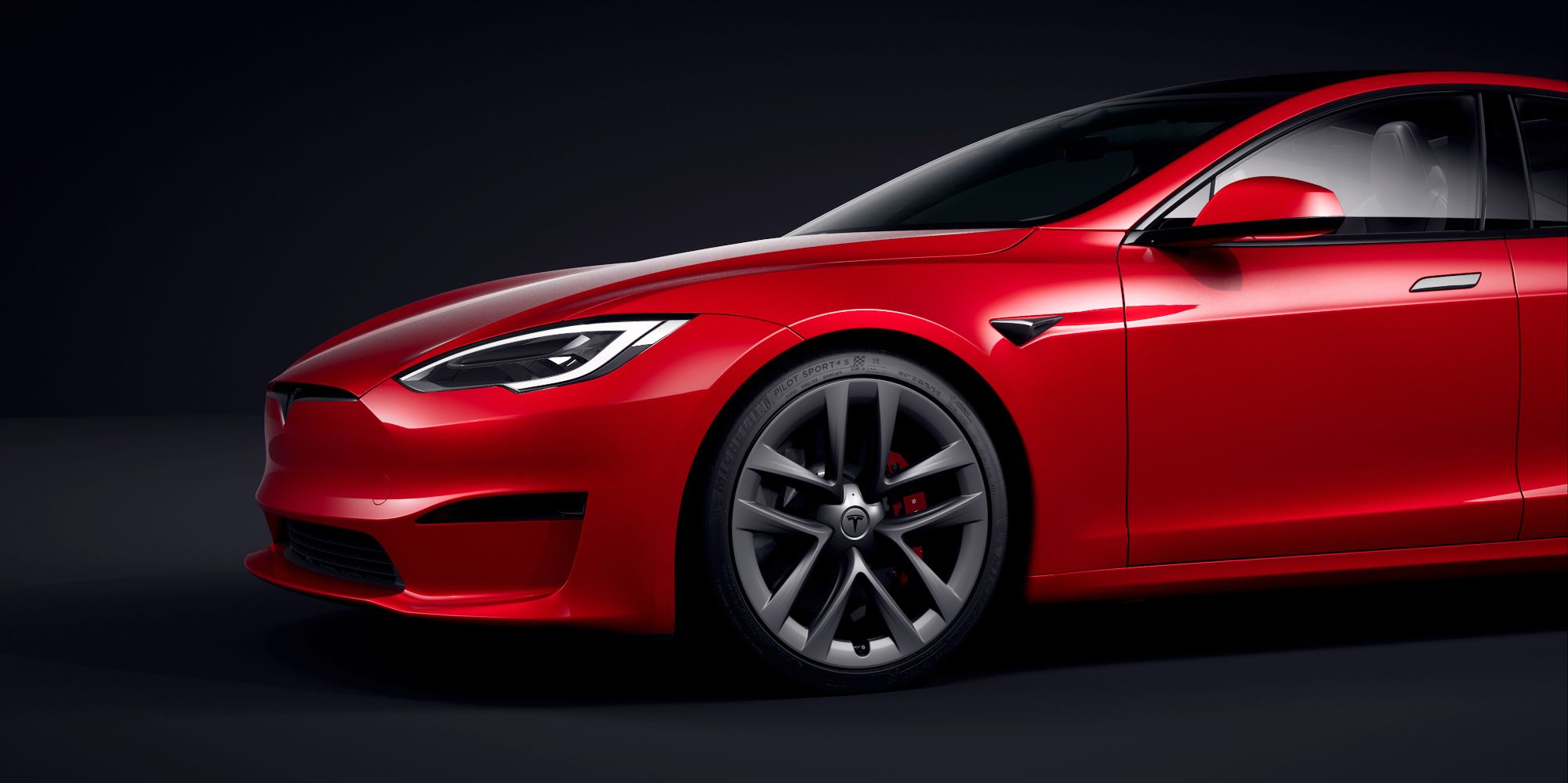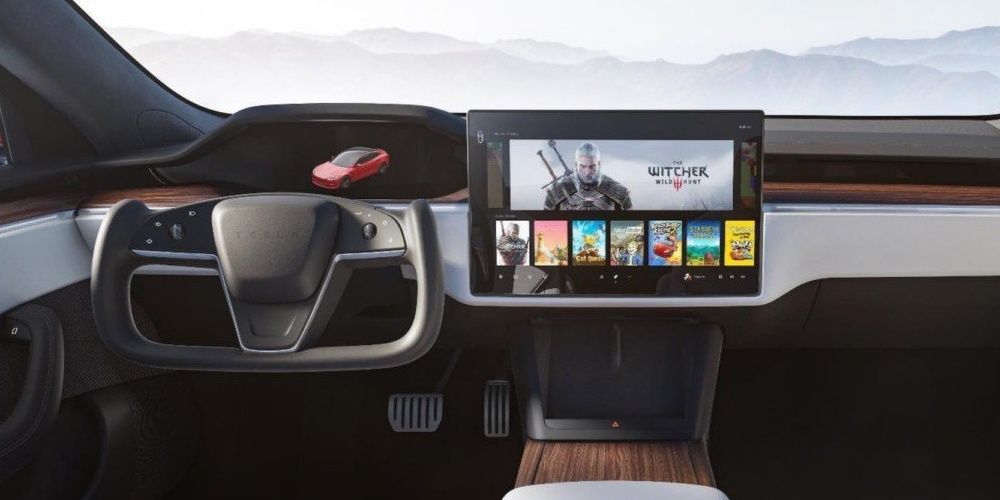A Tesla Model S was involved in an accident in Texas over the weekend, with authorities reporting that "no one was in the driver's seat." Tesla customers have the option of purchasing 'Full Self-Driving Capability' with the Model S, adding features like automatic lane changes, automatic parking, traffic light/stop sign control, and more. While Tesla warns that drivers still need to remain fully attentive and in the driver's seat while using Full Self-Driving, that doesn't always happen.
While thousands of car accidents happen every single day as a result of human error, ones that involve Teslas and their self-driving capabilities always raise a bit more concern. Tesla has repeatedly commented that its Full Self-Driving technology will be even safer than human drivers, with CEO Elon Musk saying in January that he's "highly confident the car will be able to drive itself with reliability in excess of humans this year." Incidents like this most recent one, however, put a lot of doubt around such claims.
As for what happened with this latest accident, Reuters reports that two men riding in a 2019 Tesla Model S were killed on the night of Saturday, April 17. The report says that the Model S was driving on a curve at high speed, but unfortunately, failed to properly navigate said curve. This resulted in the car "crashing into a tree and bursting into flames." According to the local precinct investigating the accident, "There was no one in the driver's seat." One person was riding in the front passenger seat and the other was found in one of the back seats, but no one was present behind the wheel. The Wall Street Journal notes that it took authorities around four hours and 32,000 gallons of water to finally distinguish the fire that resulted from the crash.
Could A Tesla Ever Operate Without A Driver Behind The Wheel?
While Teslas may not be ready to independently drive themselves right now, there is the looming possibility that this could be a reality in the coming years. Tesla and Elon Musk are clearly confident in Full Self-Driving continuing to improve as time goes on, and at some point, there's bound to be enough confidence that people are told they can ride in their Teslas while the vehicles handle everything.
In a perfect world, something like this would be amazing. People could hop in their car, indicate where they're going, and then sit back and relax while the Tesla navigates to the destination — allowing the passenger to catch up on work, read a book, or take a nap. Not only would this be fantastic for short commutes, but it would also be a game-changer for long road trips and allowing people to safely get home after a night at the bar. While that may very well be the future the auto industry is heading towards, it's clear that a lot still needs to be improved before that actually happens.
So, while a Tesla could eventually drive itself without needing someone behind the wheel, that day is not here yet. And until that day does arrive, there might need to be clearer instruction about how Full Self-Driving can and can't be used. While Tesla does warn users that the feature requires "active driver supervision," marketing the system as something that can fully drive itself tends to go against those warnings. The day in which Teslas and other vehicles can fully drive themselves with full safety will be a magical one, but as evident by this accident and others before it, the lead-up to that is going to costly.
Source: Reuters, Wall Street Journal


